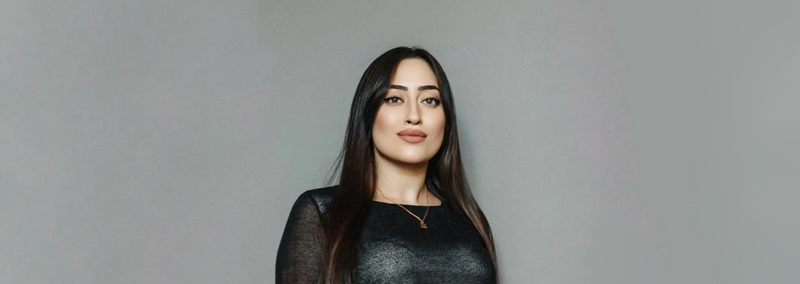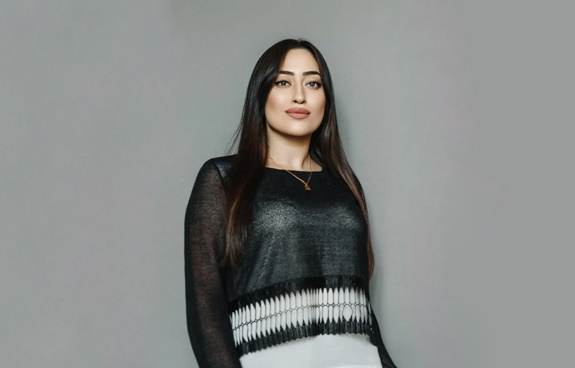

Ivy League Universities: The History of Association and Admission to the Group of the Most Prestigious Universities in the USA. Tuition fees and graduate careers.

The Ivy League is a historic union of sports teams from eight of the oldest private universities in the United States. Now the name is more often used to designate a group of the most prestigious universities in the country themselves.
| Universities University | Location | Sports name | Undergraduate | Masters and PhDs | Cost, year | Endowment, billion USD | Faculty |
| Harvard University | Cambridge, Massachusetts | Crimson | 7210 | 21616 | 51,925 USD | 41.9 | 2400 |
| Yale University | New Haven, Connecticut | Bulldogs | 5939 | 7469 | 55,500 USD | 31.1 | 1915 |
| Princeton University | Princeton, NJ | Tigers | 5321 | 2946 | 52800 | 25.9 | 1161 |
| University of Pennsylvania | Philadelphia, PA | Quakers | 10605 | 14009 | 57,700 USD | 14.7 | 1480 |
| Columbia University | New York | Lions | 7666 | 22861 | 61,788 USD | 11.3 | 3462 |
| Cornell University | Ithaca, NY | Big Red | 15175 | 8418 | 57,222 USD | 7.3 | 2026 |
| Dartmouth College | Hanover, New Hampshire | Big Green | 4357 | 2154 | 57,638 USD | 6 | 6738 |
| Brown University | Providence, Rhode Island | Bears | 6735 | 3214 | 58,404 USD | 4.7 | 991 |

The first formal association of universities, including members of the current Ivy League, appeared in 1870 under the name Rowing Association of American Colleges. It was an association of varsity rowing teams. Today this association is the oldest sports student organization in the world.
In 1936, Cornell University sports administrator Romain Berry proposed to officially register the new association, the Ivy League, which already existed informally. He was supported by representatives of sports organizations, but the heads of the universities did not find creating such an association necessary.
And yet, at the end of World War II, the heads of the universities came to an agreement to create a football league association. By 1952, within the framework of the association, competitions were held in other sports.
Today, the Ivy League organization includes the Council of University Presidents, the Council of Head Coaches, the University Athletic Admissions Commissions, and the Division of Financial Aid and Athletic Scholarships.
The true history of the name is still unknown.
In the 19th century, there was a tradition in American universities: on the first day of school, teachers and students planted ivy, which then grew and wrapped itself around the walls. Ivy had been a recognizable part of Princeton University's identity since before the League was founded.
In 1935, the name was first used in the press. It happened in an announcement of the agreement between universities in the eastern United States, which had had a long tradition of sports. But who coined the name is still unclear.
There is also a story that the sports columnist for the New York Herald Tribune once slandered the football teams of Princeton and Columbia universities on-air. He called them "ivy-covered" and said that they were far from the level of the team at Fordham University.
Another theory is that the League's name comes from the Greek number IV, which can be homophonically read as "i-vy". This story of the name was even published in Morris's Dictionary of Phrases and Origins. According to this opinion, the Ivy League was originally supposed to include Harvard, Princeton, Yale, and Columbia universities. Whatever the truth, today there are eight members of the League, and the name “Ancient Eight” in the United States means the same as the Ivy League. In addition to this, the association has an unofficial name “The Ivies”.

| University | Enrollment rate | QS rating | THE ranking | Best fields of study |
| Cornell University | 11% | 18 | 19 | |
| Dartmouth College | 8% | 203 | 101 |
|
| University of Pennsylvania | 8% | 16 | 13 |
|
| Brown University | 7% | 60 | 61 |
|
| Yale | 6% | 17 | 8 |
|
| Princeton University | 6% | September | 12 |
|
| Columbia University | 5% | 19 | 17 |
|
| Harvard University | 5% | 3 | 3 |
|
Ivy League universities are some of the most demanding in the country. The only university with lower admission rates than Harvard is the Curtis Institute with 4%. On the other hand, the competition at Cornell University is not as harsh as in many universities outside of the League. By that metric, it holds 27th place in the United States[7].
Excellent grades are required to enter the Ivy League. At Yale and Columbia, 95% of students were among the top 10% in their schools[8]. Even the universities themselves state on the admission requirements pages of their websites that high academic performance is essential. It is evaluated through the GPA and standardized tests. In general, the minimal requirements look like this:
The other parts of the application are equally important. An academically less successful candidate can benefit from high motivation, creativity, and social activities. To have enough time to collect all the documents, you need to start preparing in advance — preferably one and a half or two years before admission.
The Commission especially values students who are passionate about their field of study. You don't have to be the best in everything. But if you are applying, for example, to Sociology, you need to show that you have already achieved something — won subject competitions, read Adorno and Weber, wrote some works. Prove that you are really interested in understanding how society works. Or in anything else. The important criteria are passion, willingness to learn, and the ability to achieve your goals.
The Ivy League was conceived as an association of sports teams, and it shows — sports in these universities are still given great attention. Each university has several dozen sports clubs, huge stadiums, gyms, and everything you may need for training. Competitions are regularly held between universities, which are also broadcast on television. For talented athletes, universities offer generous scholarships that cover up to 100% of tuition fees.
Another characteristic of Ivy League universities is the high workload. According to their alumni, due to the large amounts of work, students are constantly under stress, which can seriously undermine their health[9]. At the same time, oddly enough, the expulsion rates remain rather low. At Harvard, for example, only 2.9% of students do not graduate[10].
It’s been long believed that an Ivy League university degree automatically raises salaries. Indeed, graduates of elite universities, on average, earn twice as much as all the others[1]. But research shows that it’s not that simple. In reality, the applicants whose portfolios were acceptable by the Ivy League, but chose lower-ranking universities, began to earn as much as graduates of Harvard and Yale after graduation[11]. Therefore, the personal characteristics of the student are more important than the status of the university.
However, education in the most prestigious universities often plays a role in employment. The reason is not the diploma itself, but the fact that it implies experiencing the most effective teaching methods and studying in unique conditions. Students from elite universities have access to the best libraries and laboratories, they are taught by renowned scientists, they make connections who then help build their careers. For example, 235 graduates of Columbia University after graduation took a seat in the US Congress, and three of them later became presidents.

Choosing an academic program is a very complex, energy- and time-consuming process.
We will help you determine what to expect from studying abroad, analyze your experience, and select the most suitable programs.
